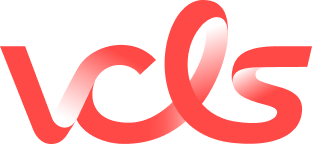Cost-Effectiveness
Cost-Effectiveness
Cost-effectiveness is the ratio of the cost of a therapeutic or preventive intervention to a relevant measure of its effect.
Cost-effectiveness ratio is the basis of price and reimbursement negotiations between companies developing health products and Health Technology Assessment (HTA) bodies.
Cost-Effectiveness
- In order to secure a premium price and reimbursement rate, pharmaceutical and medtech companies must perform a cost-effectiveness analysis of their product or intervention, consisting in an economic study in which the impact of introducing their technology is measured.
- In cost-effectiveness analysis, distinction must be made between the direct costs (health product, health staff time, equipment, transportation) and indirect or productivity costs associated with the intervention (caregiving, production losses), as well as what are termed intangibles (pain, suffering, adverse effects), which, although difficult to quantify, are often consequences of the intervention and are included in the cost profile. The most commonly used outcome measure is quality-adjusted life years (QALY).
Cost-Effectiveness in the European Union
- Cost-effectiveness ratio is opposed to risk-benefit ratio used by Regulators to approve product marketing. It represents the second major hurdle for a health product after it is approved by Regulatory Agencies and before it enters the market.
- The most influential HTA bodies in Europe are the NICE (National Institute for Health and Care Excellence) in the UK, the HAS (Haute Autorité de Santé) in France and IQWiG (Institut für Qualität und Wirtschaftlichkeit im Gesundheitswesen) in Germany.
